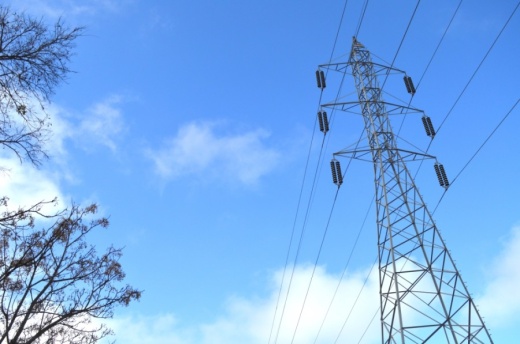Original story
The Electric Reliability Council of Texas announced April 13 it could enter into emergency conditions and requested that Texans conserve their energy usage through the evening. Despite the possible emergency situation, the state's electric grid manager also said power customers should not expect to experience unplanned outages.
“This afternoon we are in a condition that is very tight. The load at this point has pretty much leveled off, but as the sun sets and the wind production changes we’ll ... kind of be in flux as far as where we are," Woody Rickerson, ERCOT's vice president of grid planning and operations, said during a late afternoon conference call April 13. "We are currently not in an [Energy Emergency Alert]—our reserves are above that—but it is tight."
Rickerson said the tight conditions were brought on by two main factors April 13. First, ERCOT's daily forecasting did not account for a stalled front of cooler air, leaving much of the state hotter than previously expected and driving up consumers' power usage above the grid manager's predictions. Second, around 32,000 megawatts of generation capacity that could otherwise go toward alleviating such a strain are currently offline due to planned, seasonal repairs at generation facilities statewide.
"We anticipated cooler weather today than what we’re seeing and so the loads are a little bit higher," Rickerson said. "The outages are maintenance outages that plants have taken to get ready for the summer operations, and so this is typically the time of year where we allow a lot of maintenance outages for units that are getting ready for the summer when there’s not enough bandwidth for plants to take outages."
ERCOT's announcement of its potential for entering emergency conditions April 13 came around two months after millions of Texans were without power during the historic statewide freeze brought on by a winter storm in February. However, Rickerson said the temporary forecasting and repair issue April 13 is not unprecedented, nor comparable to the prolonged disaster earlier this year.
"This is an event that’s going to cause tight conditions for a few hours. Conservation during those two, three hours would be very beneficial to everyone, but it’s a very different event than what we saw this winter," he said.
Rickerson also said electricity prices in Texas would remain at an upper limit of $2,000 per megawatt-hour while reserves remained tight April 13. That figure is well below the pricing of around $9,000/MWh set by state power managers for several days during the February emergency, a drop caused by an electricity pricing "reset" initiated after the winter storm, he said.
Issues balancing power generation and demand are not an uncommon occurrence while a large percentage of the state's generation capacity is offline to prepare for the state's hot summer months, Rickerson said. A similar situation could arise again between winter and summer as some generators move offline during their seasonal maintenance, if sparked by forecasting discrepancies.
“We don’t like having tight conditions like this, and if we had perfect foreknowledge of exactly what today was going to be, then we might have a different outcome. But that’s where the forecasting part comes in," he said.





